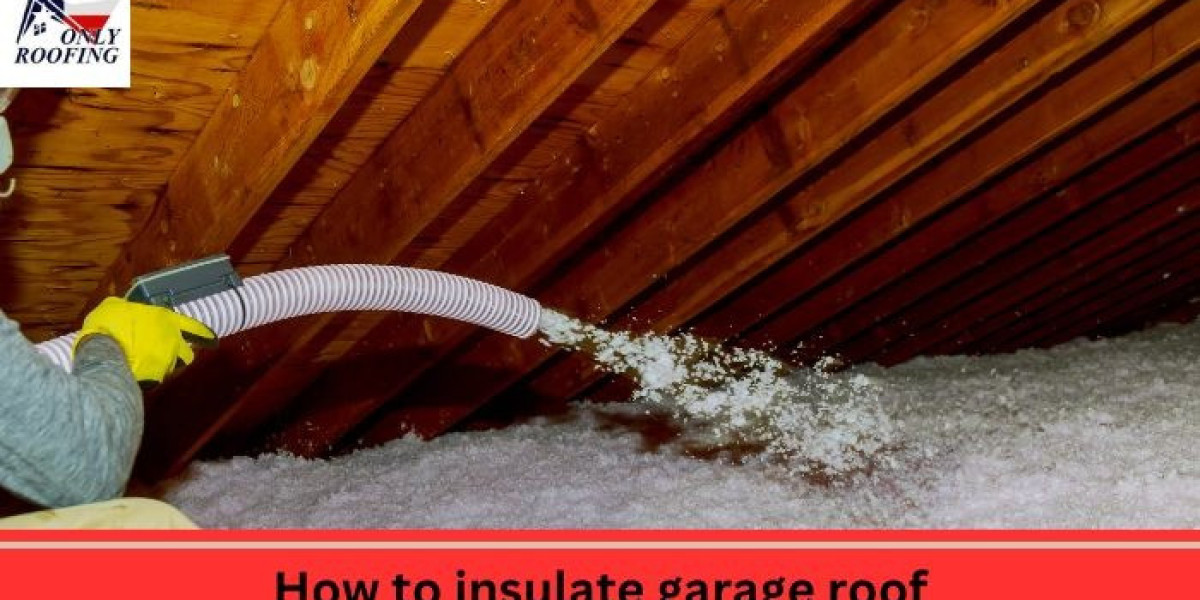When it comes to improving the energy efficiency of your home, the garage often gets overlooked. However, insulating your garage roof can have a significant impact on your energy bills and overall comfort. This comprehensive guide will walk you through the steps and considerations for effectively insulating your garage roof, ensuring you make the best choices for your space.
Why Insulate Your Garage Roof?
Insulating your garage roof offers numerous benefits, including:
- Temperature Regulation: Keeps the garage cooler in the summer and warmer in the winter, making it more comfortable to use year-round.
- Energy Efficiency: Reduces the amount of heat that escapes or enters the home, lowering your heating and cooling costs.
- Protection for Stored Items: Helps maintain a more stable environment for items stored in the garage, protecting them from temperature extremes.
- Noise Reduction: Insulation can also help reduce noise from outside and inside the garage.
Choosing the Right Insulation Material
The first step in insulating your garage roof is selecting the appropriate insulation material. The most common options include:
Fiberglass Insulation
Fiberglass insulation is one of the most popular choices due to its affordability and ease of installation. It comes in batts or rolls and can be placed between the roof joists. This material is excellent at trapping air, providing good thermal resistance.
Spray Foam Insulation
Spray foam insulation offers superior insulation performance and can be sprayed directly onto the roof deck. It expands to fill gaps and cracks, providing an airtight seal. Although more expensive, it offers excellent energy efficiency and is ideal for irregularly shaped roofs.
Rigid Foam Insulation
Rigid foam boards are another effective option, providing high insulation value per inch. These boards can be attached directly to the roof deck, creating a continuous insulation layer. They are particularly useful in preventing thermal bridging, where heat escapes through the wood framing.
Preparing Your Garage for Insulation
Before you start insulating, it's essential to prepare the garage:
- Clear the Area: Remove any items stored in the garage that might obstruct your work.
- Check for Leaks: Inspect the roof for any leaks or damage and repair them to prevent moisture from compromising the insulation.
- Measure and Cut: Measure the roof area to determine the amount of insulation needed. Cut the insulation material to fit between the roof joists or directly onto the roof deck.
Installation Process
Installing Fiberglass Insulation
- Wear Protective Gear: Fiberglass can be irritating to the skin and lungs, so wear gloves, goggles, and a mask.
- Place Insulation: Fit the fiberglass batts or rolls snugly between the roof joists, ensuring there are no gaps.
- Secure Insulation: Use insulation supports or wire to hold the insulation in place.
Installing Spray Foam Insulation
- Prepare the Surface: Ensure the roof surface is clean and dry.
- Apply Foam: Use a spray foam kit to apply the foam evenly across the roof deck. It will expand and harden, filling any gaps.
- Trim Excess: Once the foam has cured, trim any excess material.
Installing Rigid Foam Insulation
- Attach Boards: Secure the rigid foam boards directly to the roof deck using adhesive or screws.
- Seal Seams: Use foil tape to seal the seams between boards, ensuring a continuous insulation layer.
- Finish: Cover the insulation with a fire-resistant material if required by local building codes.
Additional Considerations
- Ventilation: Proper ventilation is crucial to prevent moisture buildup and ensure the longevity of your insulation. Make sure to install vents if your garage doesn't already have them.
- Building Codes: Check local building codes and regulations regarding insulation materials and installation methods to ensure compliance.
Conclusion
Insulating your garage roof is a worthwhile investment that can improve your home's energy efficiency, comfort, and overall value. Whether you choose fiberglass, spray foam, or rigid foam insulation, each option has its unique benefits and considerations. By following the steps outlined in this guide, you'll be well on your way to creating a more energy-efficient and comfortable garage space. Remember, proper preparation and installation are key to achieving the best results. So, take the time to plan and execute the insulation project carefully, and enjoy the long-term benefits of a well-insulated garage roof.








